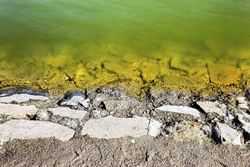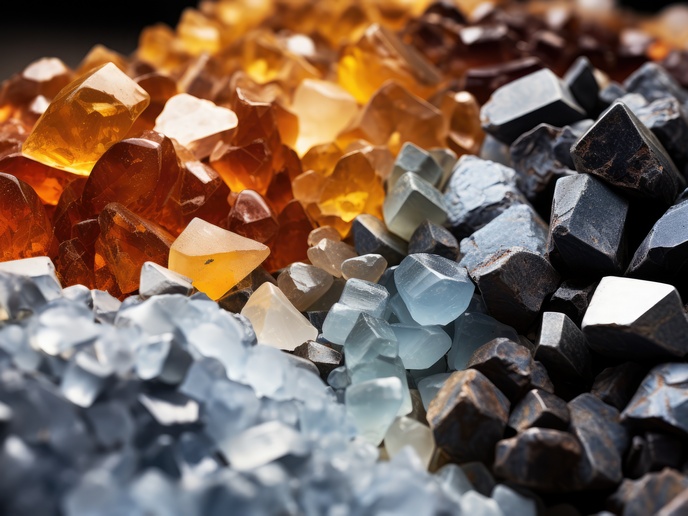Algal biomass from industrial emissions
The objective of the ALGADISK(opens in new window) (Novel algae-based solution for CO2 capture and biomass production) project was to develop a modular, scalable and automated biofilm reactor to produce algal biomass. Besides being commercially viable, this reactor will also enable CO2 capture from industrial emissions for the creation of high-value organic products. ALGADISK's bioreactor was designed to be modular and scalable in order to allow enterprises of all sizes to reduce their CO2 emissions and produce valuable products. Algae were grown in an aqueous environment and on biocompatible surfaces to enable CO2 absorption in either liquid or gas form. This significantly improved the efficiency of the reactor and reduced the need for water. Automatic and continuous harvesting of algae was designed to optimise CO2 uptake and biomass production. The reactor comprises vertically positioned plastic discs and non-transparent tanks, in which discs were placed half way in the growth medium. They were modified in order to intensify primary biofilm formation and provide sufficient cell number for regrowth of biofilm after harvest. Continuous rotation of the discs provided proper wetting of the whole surface and light distribution over the biofilm. In addition, the negative effects of saturating light intensity were precluded by the cyclic movement of the biofilm from the light into the dark tank. Project partners also created a software-based algae production and optimisation design tool allowing the user to specify certain needs and conditions. For instance, the amount of CO2 emitted and the type of algae to be produced can be specified after determining growth rate and growth conditions of different algae species on certain surfaces. The team identified several algal species that can be grown on a coated surface with higher yields and lower costs than in commercial reactors. Researchers also successfully grew biofilms of selected microalgae in the laboratory-scale ALGADISK reactor. It was found that reactor use reduced the emission of greenhouse gases in all the scenarios studied. In addition, a simple and robust harvesting technology for biofilms was designed and tested at the laboratory scale. ALGADISK achieved the double success of harnessing microalgae to capture CO2 and produce protein. This sustainable technology will also contribute to Europe's growing knowledge economy.







